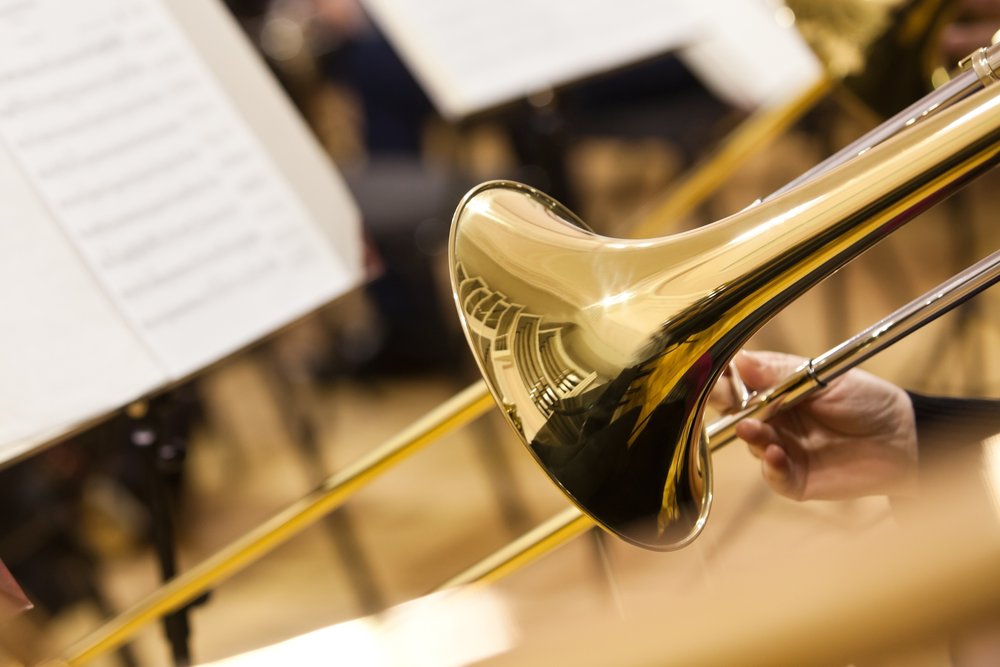Professional Musicians and Noise-induced Hearing Loss
By Justin Stewart
“If music be the food of love, play on,” William Shakespeare wrote in the play “Twelfth Night.” Indeed, the emotional swell of an orchestra is a wonderful thing to experience. But for musicians, high noise levels during rehearsals and performances could subject them to excessive noise exposure, which could lead to irreversible noise-induced hearing loss (NIHL) and/or incurable tinnitus. A recent landmark legal case at the Royal Opera House in London, England, could send metaphorical shockwaves across the industry—but more on that later. Professional musicians are at work like the 22 million Americans who are regularly exposed to potentially damaging noise each year while on the job. That’s about 17 percent of the full-time U.S. work force, according to the latest numbers from the Bureau of Labor Statistics. These occupational exposures are in addition to any recreational noise exposures that workers might accumulate from activities such as shooting, attending live music events, or just wearing earphones.
OSHA estimates that the annual spend for hearing loss is $1.5 million in penalties and $240 million in worker’s compensation claims—small prices to pay for one of our vital senses. The average claim, according to the database of the California Workers’ Compensation Institute, was just $6,688 for 888 closed hearing loss claims between 2000 and 2012 compared to an average of $10,325 for the other 2.69 million closed worker’s compensation claims for the same period. Higher figures have been quoted elsewhere, but the problem is that there is no central repository.
It is said that if our ears literally bled, people might be more aware of the issue or workers might be more likely to take up a claim against an employer. However, workers typically only file claims following a plant closure or after leaving employment, by which time the damage may have already been done. The long-term nature of noise exposure, which involves a combination of both noise level and exposure time (that is, the concept of a dose), can accumulate and cause hearing impairment over the course of a working lifetime. Some people won’t notice the effects of hearing loss until retirement, but some workers notice it sooner.
For example, a 2016 study reported that student musicians in the U.S. were exposed to daily noise doses that exceeded both OSHA standards and more stringent NIOSH standards. The study determined that student musicians aged 18 to 25 years already exhibited a degree of NIHL, with 78 percent showing a “noise notch” at 4,000 Hz. This notch (see figure 1) is a characteristic of NIHL that will widen and deepen with further exposure if hearing is left unprotected.
Theater Noise
TOC
NEWSWATCH
COMMUNITY
the Synergist
DEPARTMENTS

SPONSORED BY

Figure 1. Audiogram Showing Noise-Induced Hearing Loss (courtesy of WHPP)
Returning to the legal action brought against the Royal Opera House, a High Court judge has ruled that a viola player, who was forced to give up his music career after developing “acoustic shock” and irreparable hearing damage from sitting “in the line of fire” of the brass section, can sue his employer. This case established the first legal precedent around the condition in the U.K. Chris Goldscheider, the 45-year-old musician, has had to move to the countryside with his family for a “quiet life” after losing his high frequency hearing (as typified by the notch) and developing extreme sensitivity to noise, including his own playing. According to Goldscheider’s lawyer, he is likely to claim damages for loss of future earnings amounting to at least $1,000,000. This is a game-changer for an industry the lawyer described as having “considered itself exempt from the same regulatory requirements as all other sectors because of the artistic nature of its output. This in our view has always been a dismissive view from an industry which creates and sells ‘noise’ as a product.”
Undoubtedly, this precedent will trigger other U.K. claims and may encourage class-action lawsuits to be brought elsewhere within this international industry.
What’s the answer to NIHL? Education has a part to play in raising awareness, but as Shakespeare put it, “Be great in act, as you have been in thought.” Noise exposure measurements using handheld sound level meters or personal noise dosimeters will provide useful data as part of risk assessments. Modern dosimeters that are connected by Bluetooth to a mobile phone app can be used to monitor measurements from multiple dosimeters remotely without disturbing musicians. Establishing hearing conservation programs when necessary based on the exposure data would mandate musicians’ routine wearing of earplugs. In addition, regular hearing tests would be advisable to check the effectiveness of the controls for overexposure to noise, which is a wholly avoidable problem.
Resources
Health and Safety at Work: “
Royal Opera House breached noise regs in 'acoustic shock' case, High Court rules
” (March 2018). Statista: “
Monthly number of full-time employees in the United States from May 2017 to May 2018 (in millions, unadjusted)
” (2018). The Hearing Journal: “
Hit the Right Notes with Musician Earplugs
” (June 2016). The Hearing Journal: “
Work-Related Hearing Loss Claims: Conclusive Data Prove Elusive
” (April 2013). Justin Stewart is Casella’s area sales manager.

